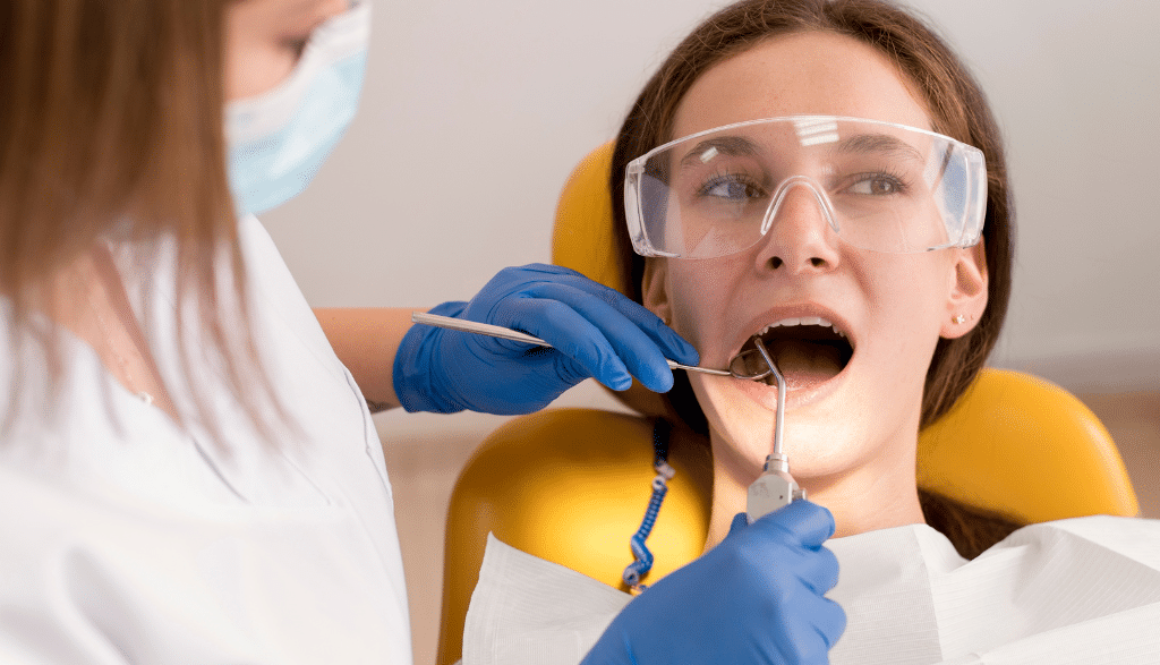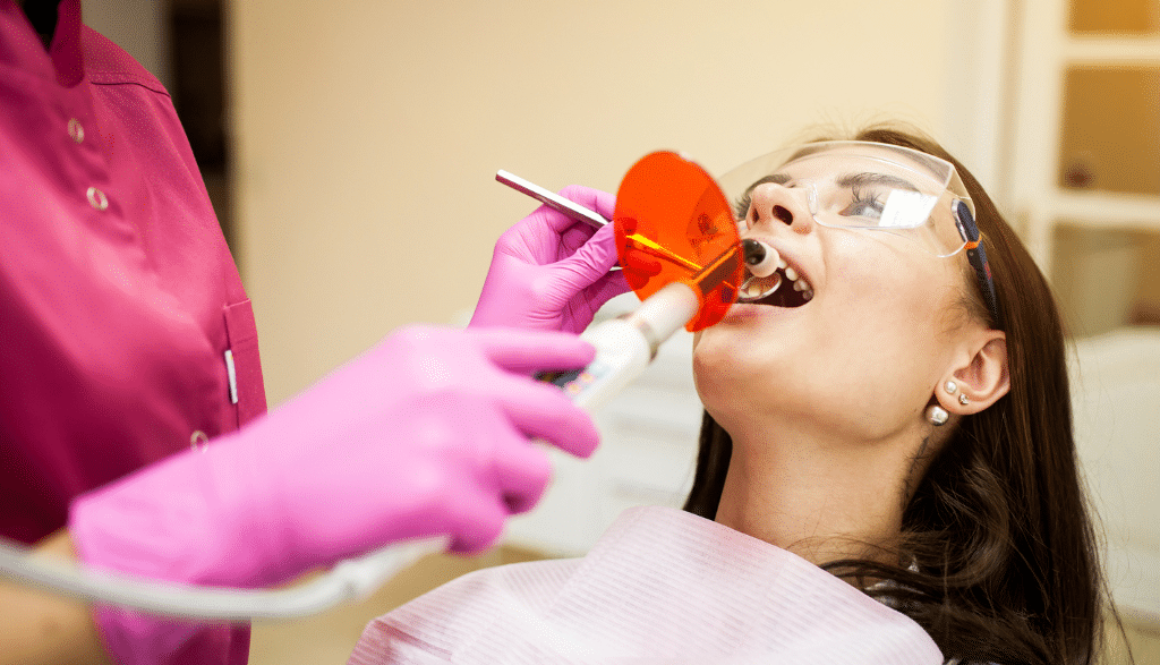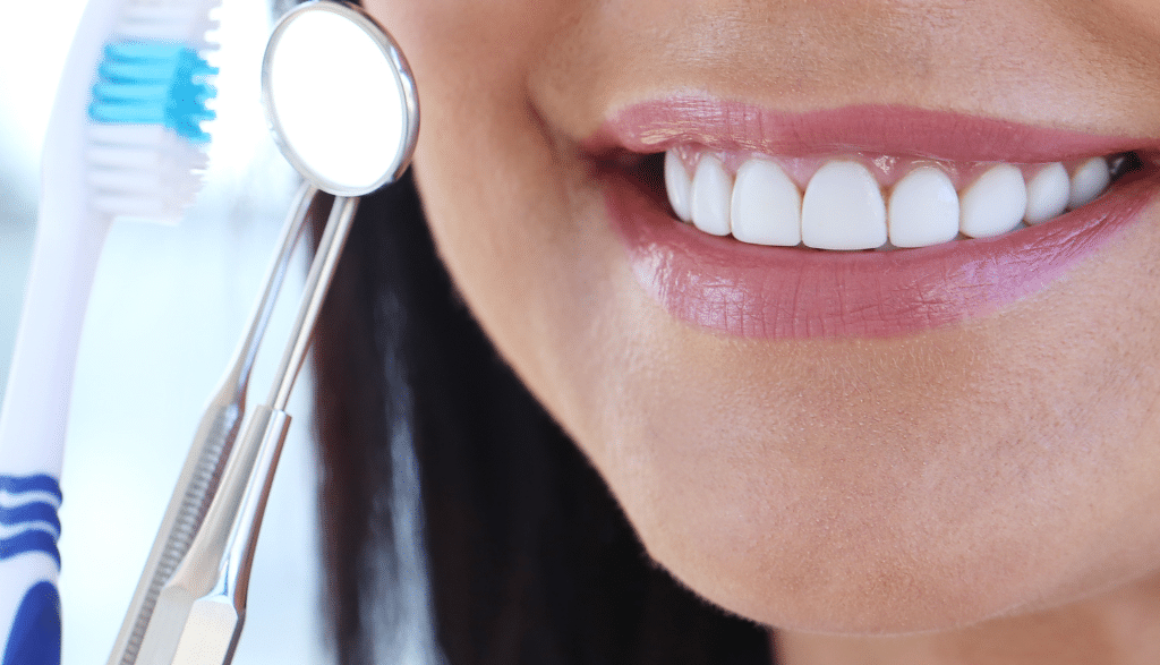Improve Your Oral Health with Wisdom Teeth Removal in London, Ontario
Blog
Enhance Your Smile and Oral Health with Wisdom Teeth Removal in London, Ontario
Wisdom teeth removal is a common dental procedure that can significantly impact your oral health and overall well-being. If you’re considering this procedure, this article provides insights into how wisdom teeth removal can improve your oral health, highlighting the services available in London, Ontario at Apple Tree Dental. Additionally, we delve into related orthodontic solutions like clear aligner treatment and the popular Invisalign system.
Understanding Wisdom Teeth and Their Challenges
Wisdom teeth, or third molars, are the last set of teeth to emerge in your mouth, typically between the ages of 17 and 25. While some people experience no issues with their wisdom teeth, many encounter challenges due to limited space in the jaw, leading to impaction or alignment problems.
- Impacted wisdom teeth can cause pain, swelling, and damage to adjacent teeth.
- During their emergence, they can create tight spaces where bacteria thrive, increasing the likelihood of cavities and gum disease.
- Misaligned wisdom teeth can exert pressure on existing teeth, disrupting your smile’s alignment and necessitating orthodontic interventions like clear aligner treatment.
Why Wisdom Teeth Removal Is Important
Removing wisdom teeth can provide numerous benefits, preventing future complications and preserving your oral health. Here are some reasons why this procedure might be necessary:
- Preventing Crowding: Extraction prevents potential crowding of teeth, which can negatively affect teeth alignment, thus reducing the need for later orthodontic treatment like Invisalign.
- Reducing Infection Risk: By eliminating hard-to-clean wisdom teeth, the risk of periodontal disease and dental caries is reduced.
- Alleviating Pain and Discomfort: Removing impacted wisdom teeth alleviates pain caused by pressure and overcrowding.
Apple Tree Dental’s Expertise in Wisdom Teeth Removal
For residents in London, Ontario, Apple Tree Dental offers expert wisdom teeth removal services. The clinic’s team emphasizes their core values of professionalism, honesty, compassion, and commitment to providing comprehensive dental care. Key advantages include:
- Professional Dental Team: Led by Dr. Nagham, known for her adept skills and patient-centric approach, ensuring each procedure is handled with care.
- Sedation and Laser Dentistry Options: These options are available to provide pain-free and anxiety-reducing experiences during your procedure.
- Emergency Dental Care: The clinic is equipped to handle urgent dental conditions requiring immediate wisdom teeth extraction.
What to Expect During Your Wisdom Teeth Removal
Understanding the process can help alleviate anxiety and prepare you for what lies ahead. Here’s what you can expect during your visit to Apple Tree Dental for wisdom teeth removal:
- Initial Consultation: A comprehensive examination with x-rays to evaluate the position of your wisdom teeth.
- Sedation Options Discussed: Discussing available sedation methods to ensure your comfort during the procedure.
- Post-Operative Care Guidance: Detailed aftercare instructions to facilitate healing and minimize discomfort post-extraction.
Clear Aligner Treatment and Wisdom Teeth
For individuals whose wisdom teeth have impacted their alignment, orthodontic solutions like clear aligner treatment can help restore a perfect smile. At Apple Tree Dental, this is a preferred method, offering:
- Invisible Aligners: Utilizing systems like Invisalign in London, Ontario, patients can straighten their teeth discreetly without the need for traditional braces.
- Custom Treatment Plans: Personalized orthodontic plans to address specific misalignment issues caused by wisdom teeth eruption.
- Improved Oral Hygiene: Unlike traditional braces, clear aligners can be easily removed for thorough brushing and flossing, reducing the risk of plaque buildup.
The Role of Orthodontics Post-Wisdom Teeth Removal
After wisdom teeth removal, orthodontic treatments can further enhance your smile and ensure optimal teeth alignment. At Apple Tree Dental, these services include:
- Invisalign Aligners: A popular choice in London, Ontario, providing a comfortable and effective method for correcting alignment issues.
- Fastbraces: For individuals seeking a quick turnaround, Apple Tree Dental offers Fastbraces technology designed to straighten teeth efficiently.
- Retainers: Post-treatment retainers are crucial to maintaining the newly aligned position of your teeth.
How Apple Tree Dental Stands Out in London, Ontario
Apple Tree Dental is distinguished by its commitment to patient satisfaction and confidence restoration through high-quality dental procedures. Key differentiators include:
- State-of-the-Art Facilities: Equipped with the latest technology to provide safe and efficient dental care.
- Comprehensive Care: Addressing not just dental needs but also enhancing overall patient appearance and confidence.
- Convenient Locations: Situated in both the north and south of London, Ontario, accessible via public transport with ample parking.
Patient Testimonials: Success Stories in Wisdom Teeth Removal
Many patients at Apple Tree Dental have shared positive experiences regarding wisdom teeth removal and related procedures. Common themes include:
- Friendly and Personable Staff: Patients praise the clinic’s warm and approachable team.
- Efficient and Gentle Procedures: Regularly highlighted for their ability to manage complex cases with minimal discomfort.
- Patient-Centric Care: Testimonials often emphasize the clinic’s emphasis on patient comfort and care throughout the process.
The Cost and Insurance Information for Wisdom Teeth Removal
Understanding the potential costs and how insurance can play a role is important. Apple Tree Dental offers:
- Transparent Pricing: Clear and honest billing practices with a detailed breakdown of costs involved.
- Insurance Liaison: Assistance with navigating insurance claims to help manage the financial aspect of your care.
- Flexible Payment Options: Offering plans to accommodate different financial situations.
Preparing for Your Wisdom Teeth Procedure
Being well-prepared for your wisdom teeth removal can improve your experience and healing process. Consider the following steps:
- Dietary Adjustments: Plan for a soft-food diet following the surgery to ease recovery.
- Follow Pre-Surgery Instructions: Carefully adhere to any guidelines provided by your dental practitioner.
- Arrange Post-Surgery Transportation: Be sure to have transportation arranged as sedation may impair driving ability.
Frequently Asked Questions
-
A1: Common indicators include pain, swelling, difficulty opening your mouth, persistent bad breath, and changes in bite alignment.
Conclusion:
Removing wisdom teeth is a proactive step towards maintaining optimal oral health in London, Ontario. Apple Tree Dental’s expert team provides professional guidance, compassionate care, and state-of-the-art procedures to ensure your dental health is well-preserved and your smile confident. Whether considering wisdom teeth removal or exploring options like Invisalign to perfect your smile, the path to better oral health is clear.
For expert wisdom teeth removal and comprehensive dental services, contact Apple Tree Dental today:
- Name: Apple Tree Dental
- Address: 1365 Beaverbrook Ave. Unit 102 London, Ontario N6H 0J1.
- Phone: (519) 641-1411,
- Email: info@appletreedental.ca, or
- Visit: appletreedental.ca to set up an appointment or learn more about our services.
“Apple Tree Dental: Your smile’s best friend for life!“




























